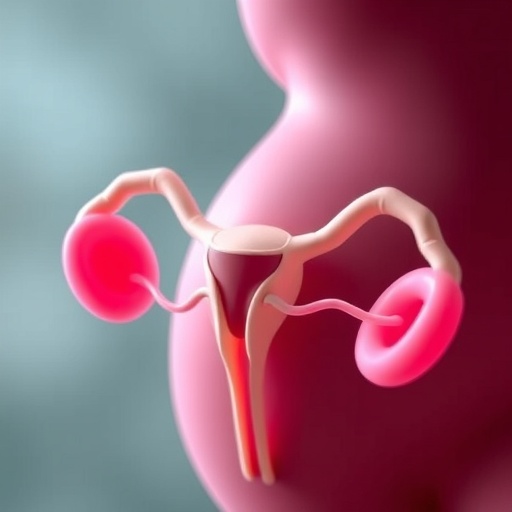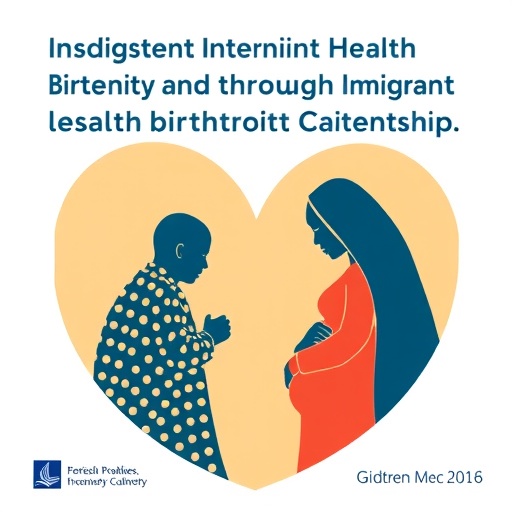This article by Dr. Stella Stabouli et al. is published in Current Pharmaceutical Design, Volume 24 , Issue 31 , 2018
Familial hypercholesterolemia is a hereditary genetic disorder predisposing in premature atherosclerosis and cardiovascular complications. Early diagnoses as well as effective treatment strategies in affected children are challenges among experts. Universal screening and cascade screening among families with familial hypercholesterolemia are being controversially discussed.
Treatment approaches for familial hypercholesterolemia in the pediatric population are multidisciplinary and aim to reduce total cardiovascular risk. Diagnosis of familial hypercholesterolemia in children and adolescents is usually based on clinical phenotype upon LDL-C levels and family history of premature cardiovascular and/or elevated LDL-C. The most widely recommended and effective pharmacotherapy in the pediatric age group is currently statins. Ezetimibe and bile acid sequestrants are usually used as second-line agents.
Evidence would be expected in the near future by cohort and registry studies. New therapeutic approaches, such as mipomersen and PCSK9 inhibitors seem promising. The main gap of evidence remains the lack of longitudinal follow up studies investigating cardiovascular outcomes, side effects, and effectiveness of treatment starting from childhood.
###
This article is Open Access. To obtain the article please visit http://www.
Media Contact
Faizan ul Haq
[email protected]
http://dx.




